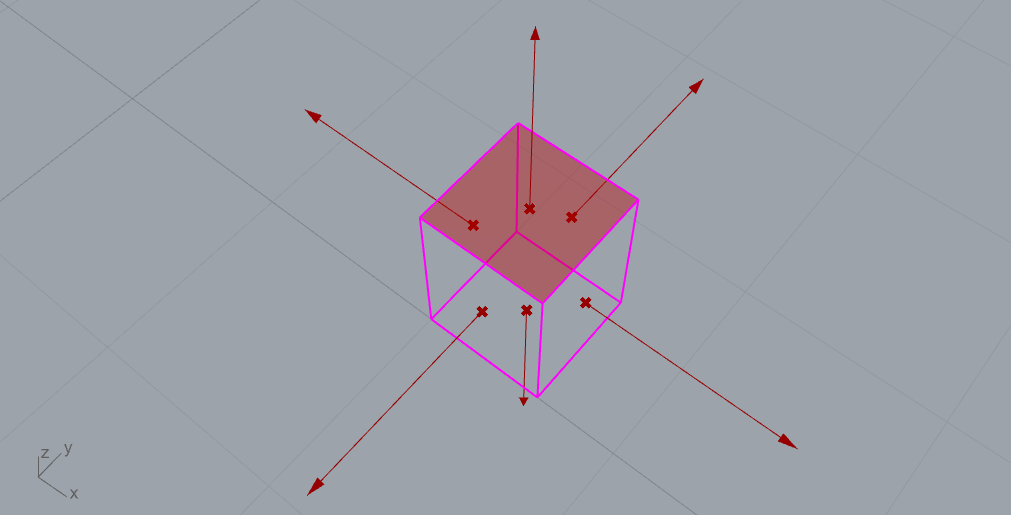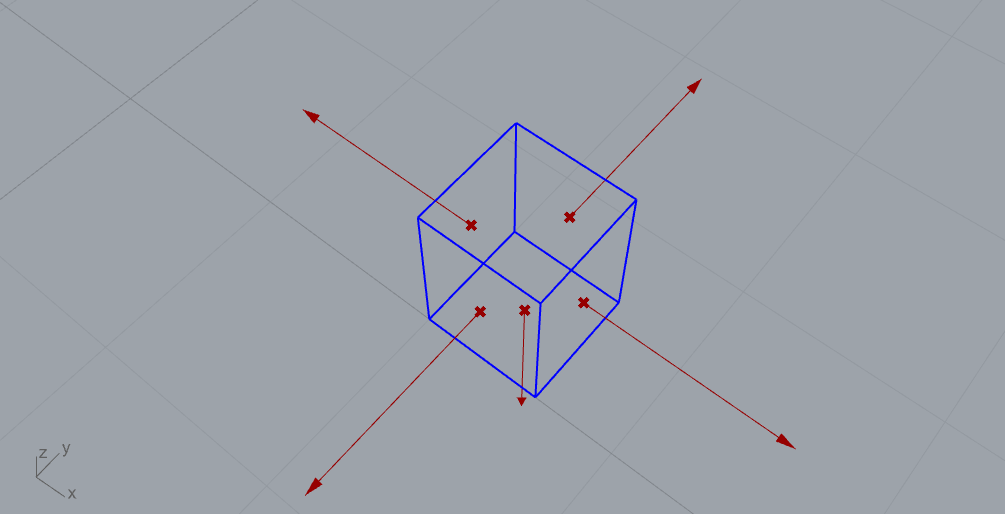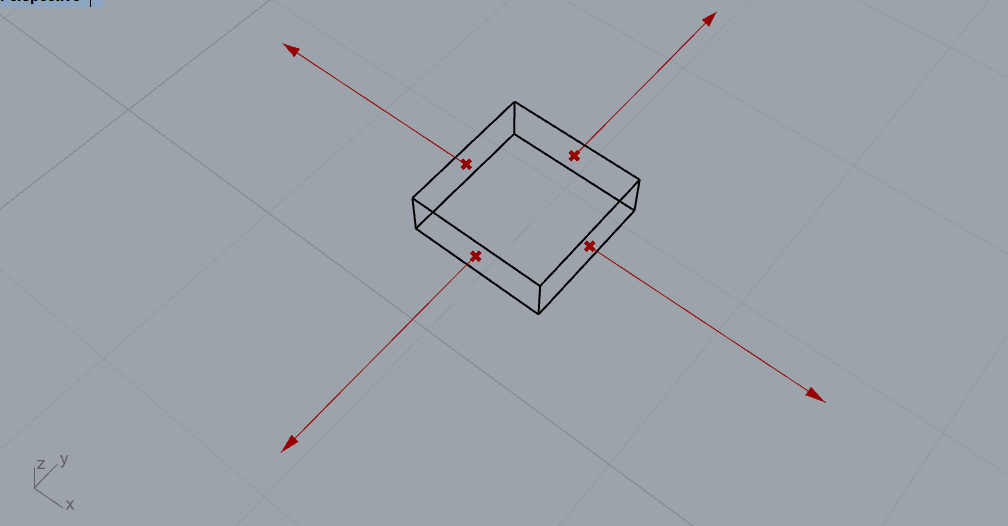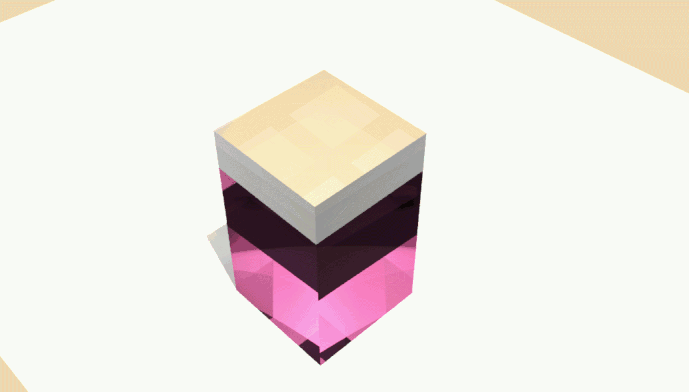Dear Lars and Greg,
Thanks for the detailed advice. I tried it as far as I understood you, but there seems to be some problems with my model. I simplified the model as far as I could, so perhaps you have time to have a look at it and spot my mistake.
In my simple model I made the following geometries and assigned materials suggested by Greg as follows:
A) A box for wine. All surfaces facing outward. The roof surface with wine dielectric material, other surfaces with glass_wine interface material.
B) A box without the roof surface for the glass surrounding the wine. All surfaces facing outward. All surfaces with glass dielectric material.
C) A box without the roof and floor surfaces for the upper part of glass. All surfaces facing outward. All surfaces with glass dielectric material.
And here the resulting render that does not look right to me:
You can also see below my rad file with the same order of surfaces as above.
I would really appreciate your comments.
All the best,
Farhang
wine polygon wineTop_0
0
0
12
-3.0000 0.0000 0.8000
-2.4000 0.0000 0.8000
-2.4000 0.6000 0.8000
-3.0000 0.6000 0.8000
glass_wine polygon wineEnclosed_1_0
0
0
12
-3.0000 0.0000 0.0000
-3.0000 0.6000 0.0000
-2.4000 0.6000 0.0000
-2.4000 0.0000 0.0000
glass_wine polygon wineEnclosed_2_0
0
0
12
-2.4000 0.6000 0.0000
-3.0000 0.6000 0.0000
-3.0000 0.6000 0.8000
-2.4000 0.6000 0.8000
glass_wine polygon wineEnclosed_3_0
0
0
12
-2.4000 0.0000 0.0000
-2.4000 0.6000 0.0000
-2.4000 0.6000 0.8000
-2.4000 0.0000 0.8000
glass_wine polygon wineEnclosed_4_0
0
0
12
-3.0000 0.6000 0.0000
-3.0000 0.0000 0.0000
-3.0000 0.0000 0.8000
-3.0000 0.6000 0.8000
glass_wine polygon wineEnclosed_5_0
0
0
12
-3.0000 0.0000 0.0000
-2.4000 0.0000 0.0000
-2.4000 0.0000 0.8000
-3.0000 0.0000 0.8000
glass polygon glassAroundWine_1_0
0
0
12
-2.4000 0.0000 0.0000
-2.4000 0.6000 0.0000
-2.4000 0.6000 0.8000
-2.4000 0.0000 0.8000
glass polygon glassAroundWine_2_0
0
0
12
-2.4000 0.6000 0.0000
-3.0000 0.6000 0.0000
-3.0000 0.6000 0.8000
-2.4000 0.6000 0.8000
glass polygon glassAroundWine_3_0
0
0
12
-3.0000 0.0000 0.0000
-2.4000 0.0000 0.0000
-2.4000 0.0000 0.8000
-3.0000 0.0000 0.8000
glass polygon glassAroundWine_4_0
0
0
12
-3.0000 0.6000 0.0000
-3.0000 0.0000 0.0000
-3.0000 0.0000 0.8000
-3.0000 0.6000 0.8000
glass polygon glassAroundWine_5_0
0
0
12
-3.0000 0.0000 0.0000
-3.0000 0.6000 0.0000
-2.4000 0.6000 0.0000
-2.4000 0.0000 0.0000
glass polygon upperGlass_1_0
0
0
12
-2.4000 0.6000 0.8000
-3.0000 0.6000 0.8000
-3.0000 0.6000 1.0000
-2.4000 0.6000 1.0000
glass polygon upperGlass_2_0
0
0
12
-2.4000 0.0000 0.8000
-2.4000 0.6000 0.8000
-2.4000 0.6000 1.0000
-2.4000 0.0000 1.0000
glass polygon upperGlass_3_0
0
0
12
-3.0000 0.6000 0.8000
-3.0000 0.0000 0.8000
-3.0000 0.0000 1.0000
-3.0000 0.6000 1.0000
glass polygon upperGlass_4_0
0
0
12
-3.0000 0.0000 0.8000
-2.4000 0.0000 0.8000
-2.4000 0.0000 1.0000
-3.0000 0.0000 1.0000




